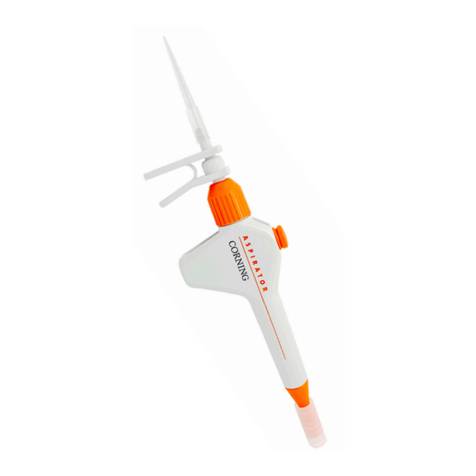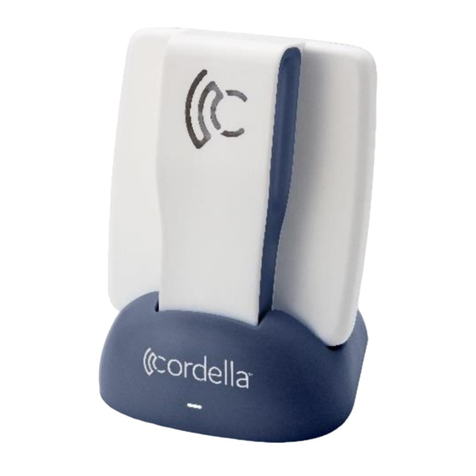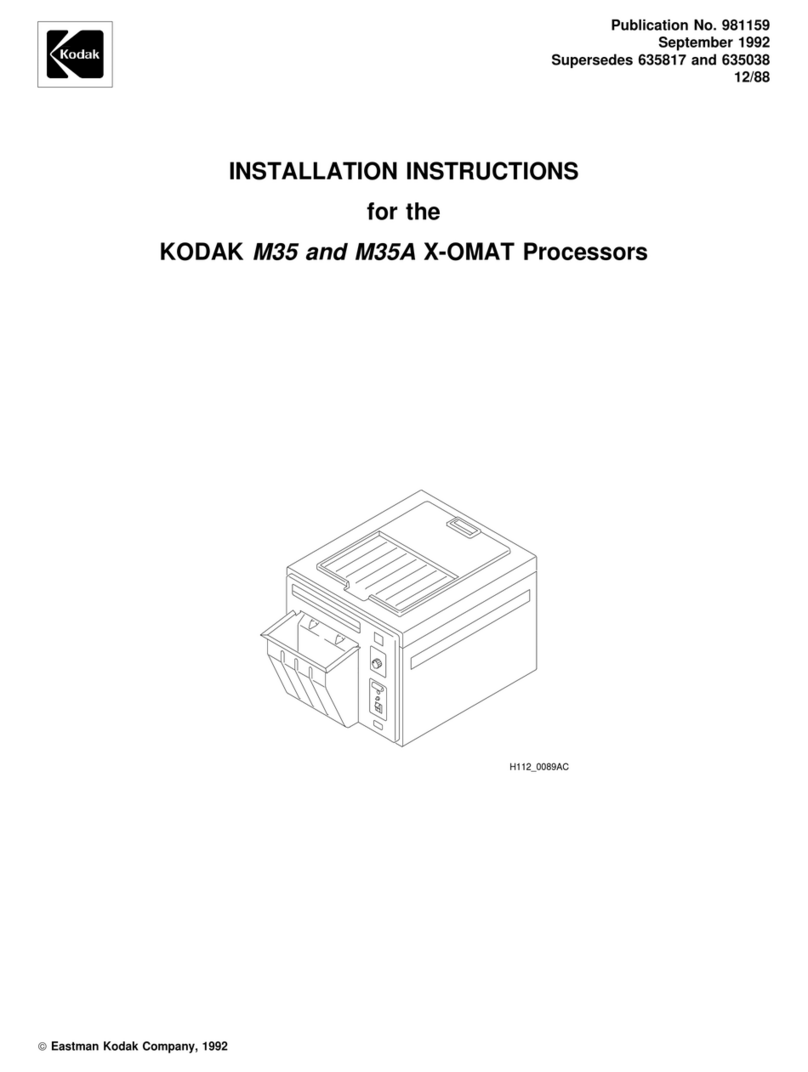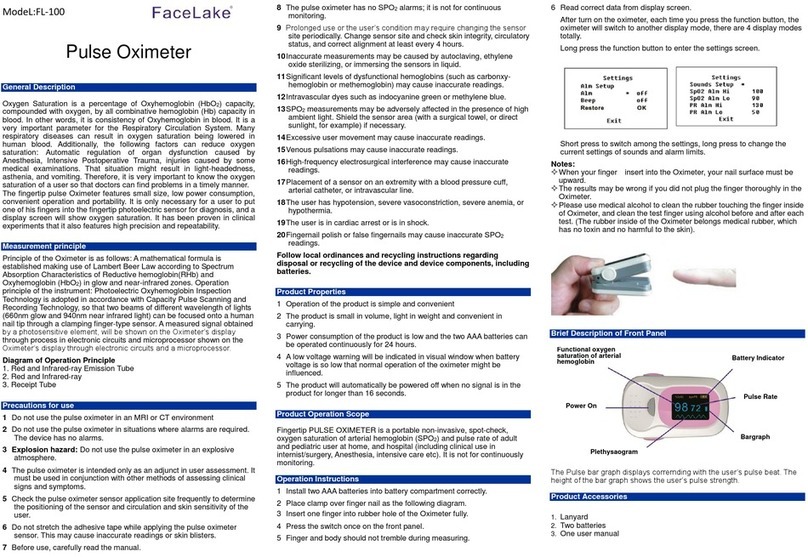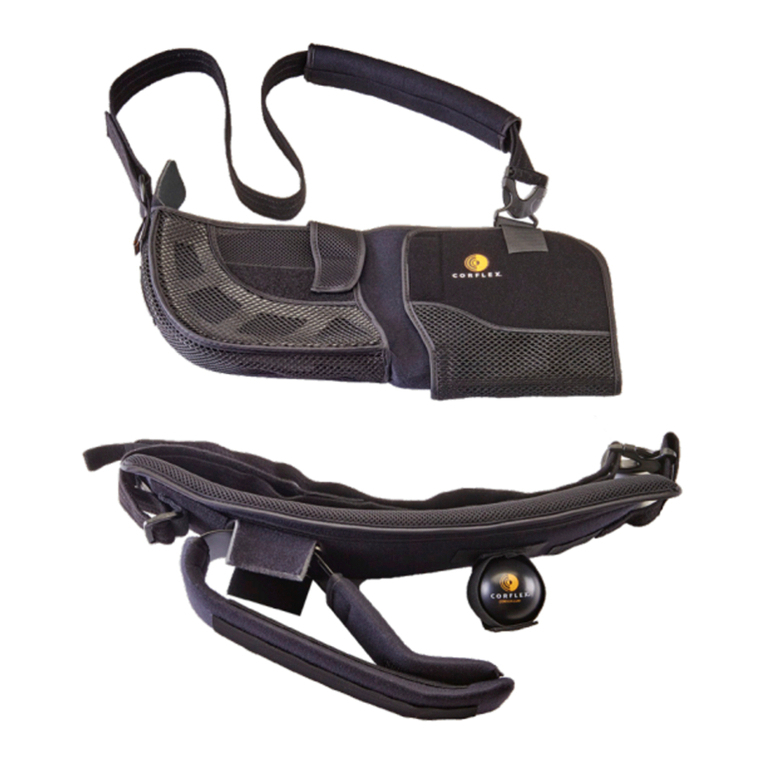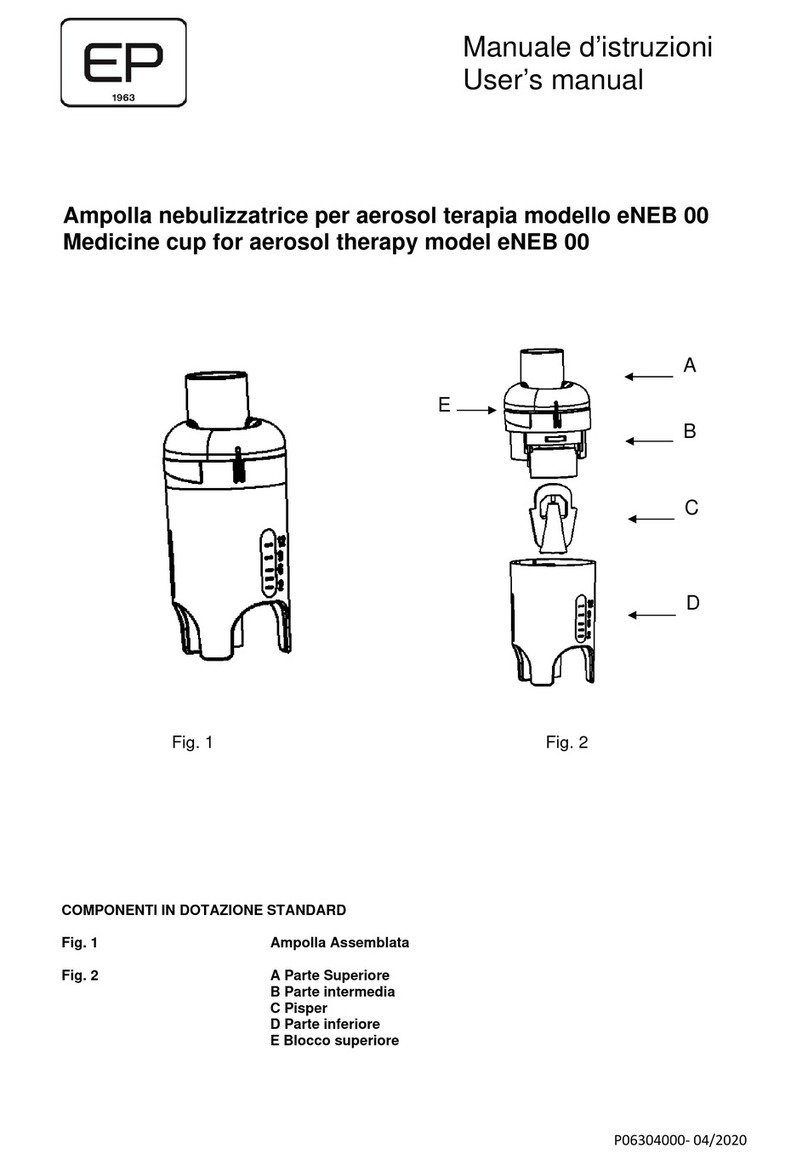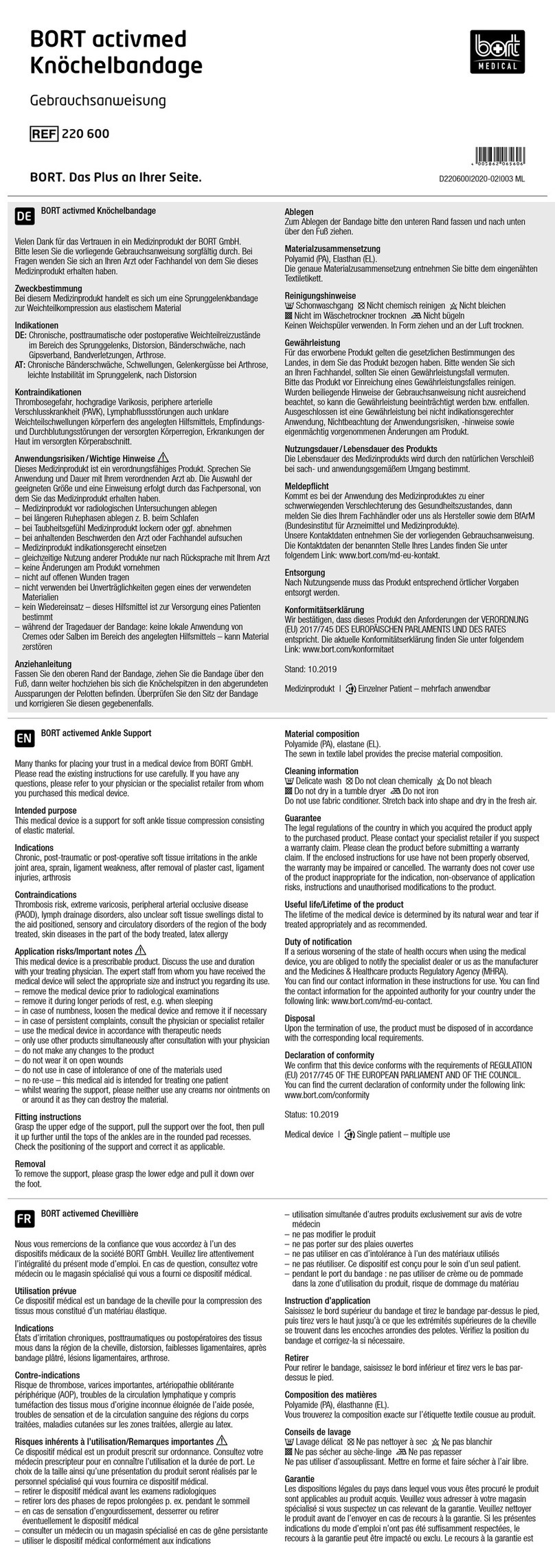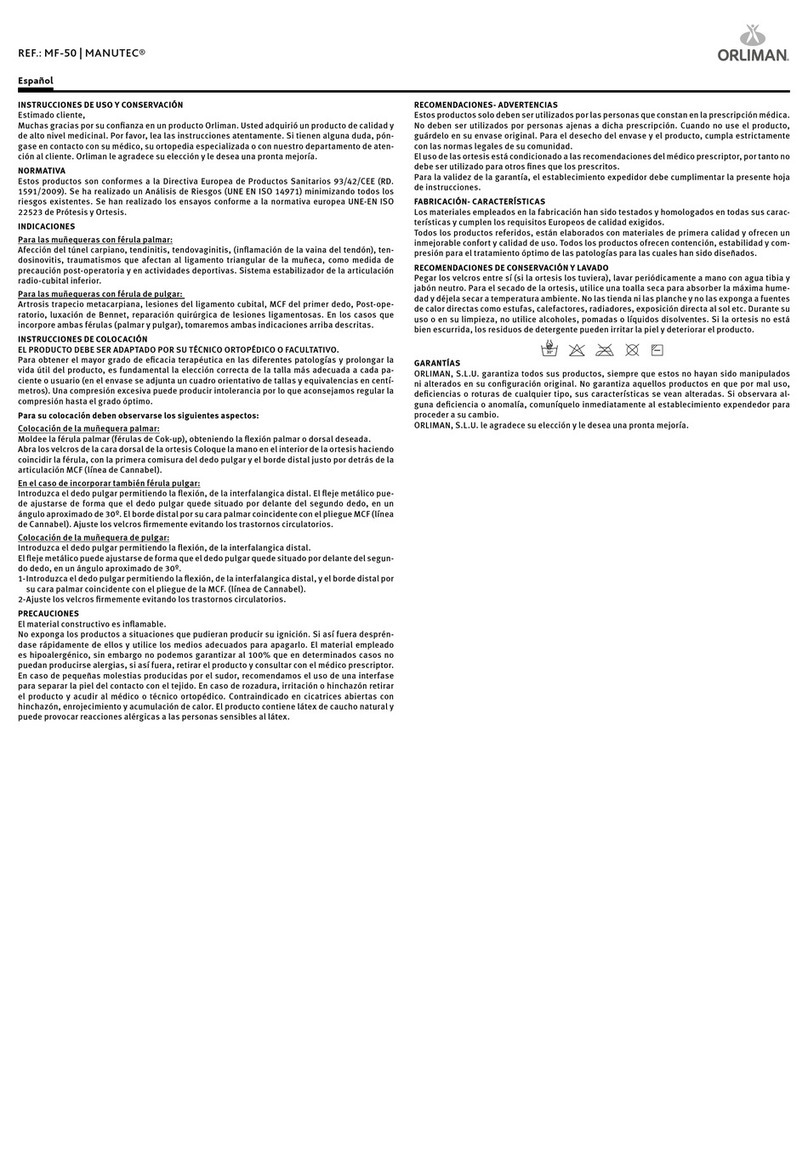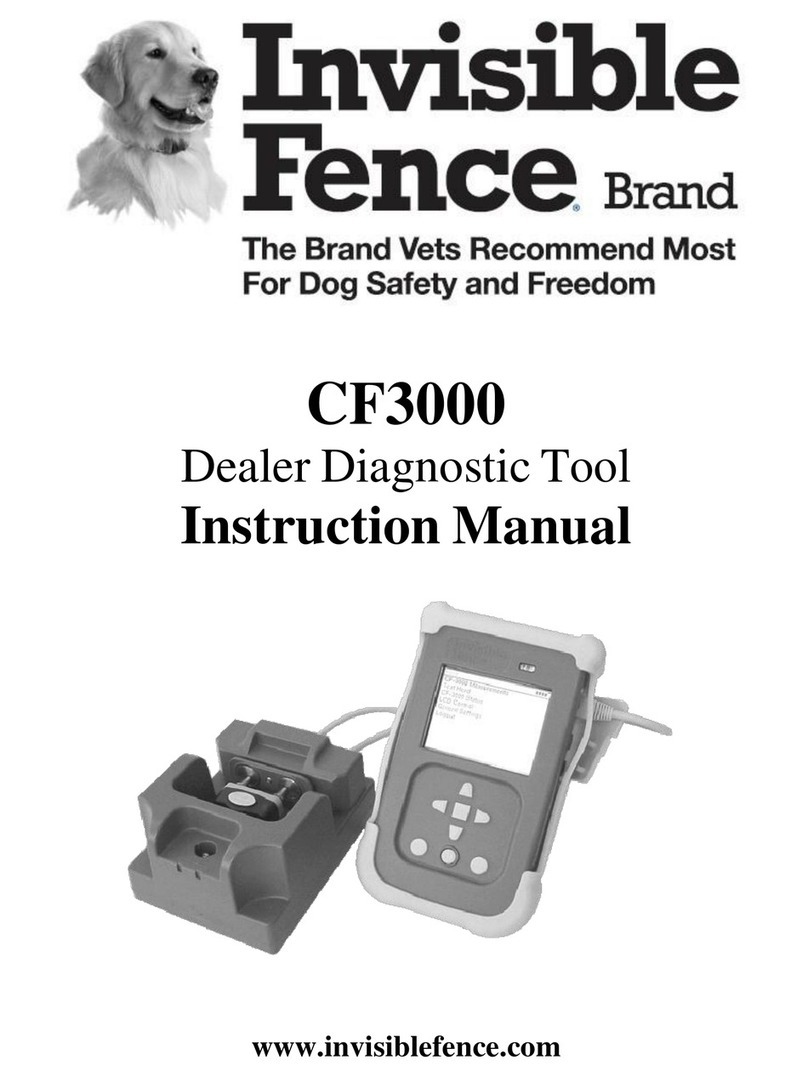CORNING CoolCel User manual

Quick Start
• The 12 chambers and cryogenic vials should be dry to avoid tube sticking upon freezing.
• Make sure the core (black ring) is at room temperature and seated in the bottom of the
central cavity.
• Place sample vials containing 1.0 mL of cell suspension in each well. Each well should contain
a lled vial. If freezing batch is fewer than 12 vials, ll each empty well with a Corning CoolCell
Filler Vial (2 mL vial, part number 432076) or other vial that contains equivalent volume of
freezing media.
• Note: Cell suspensions can be inserted into a room temperature CoolCell container and
successfully preserved. For optimal results, CoolCell container should be at the same temperature
as your cell suspensions.
• Check that the tubes slide in and out freely.
• Fully seat the lid on CoolCell container.
• Place CoolCell container upright into a -80°C freezer or dry ice locker. Ensure that there is at least
one inch of free space clearance around CoolCell container.
• Freeze for minimum four hours before transferring samples to archive storage.
Transferring frozen samples to archive storage
• Prepare an insulated pan or container with a one inch (2.5cm) layer of pulverized or pellet dry ice.
•Remove CoolCell container from the freezer and gently remove the lid using a gentle twisting
and rocking motion.
•Immediately invert the CoolCell container over the dry ice to recover the frozen vials. Check the
CoolCell vial chambers to ensure that all chambers are clear. If any vials have stuck, release the
vials by tapping the inverted CoolCell container on a at surface or on the palm of your hand.
Special Notes:
• Always use dry ice to transfer cryogenic vials containing cells to permanent storage to avoid
temperature rise and cell damage. Cryogenic vial contents can rise from -80°C to over -50°C in
less than one minute if exposed to room temperature air.
•It is strongly recommended that all frozen cell cultures be checked for viability before the stock
culture is terminated.
Quick Start
• The 12 chambers and cryogenic vials should be dry to avoid tube sticking upon freezing.
• Make sure the core (black ring) is at room temperature and seated in the bottom of the
central cavity.
• Place sample vials containing 1.0 mL of cell suspension in each well. Each well should contain
a lled vial. If freezing batch is fewer than 12 vials, ll each empty well with a Corning CoolCell
Filler Vial (2 mL vial, part number 432076) or other vial that contains equivalent volume of
freezing media.
• Note: Cell suspensions can be inserted into a room temperature CoolCell container and
successfully preserved. For optimal results, CoolCell container should be at the same temperature
as your cell suspensions.
• Check that the tubes slide in and out freely.
• Fully seat the lid on CoolCell container.
• Place CoolCell container upright into a -80°C freezer or dry ice locker. Ensure that there is at least
one inch of free space clearance around CoolCell container.
• Freeze for minimum four hours before transferring samples to archive storage.
Transferring frozen samples to archive storage
• Prepare an insulated pan or container with a one inch (2.5cm) layer of pulverized or pellet dry ice.
•Remove CoolCell container from the freezer and gently remove the lid using a gentle twisting
and rocking motion.
•Immediately invert the CoolCell container over the dry ice to recover the frozen vials. Check the
CoolCell vial chambers to ensure that all chambers are clear. If any vials have stuck, release the
vials by tapping the inverted CoolCell container on a at surface or on the palm of your hand.
Special Notes:
• Always use dry ice to transfer cryogenic vials containing cells to permanent storage to avoid
temperature rise and cell damage. Cryogenic vial contents can rise from -80°C to over -50°C in
less than one minute if exposed to room temperature air.
•It is strongly recommended that all frozen cell cultures be checked for viability before the stock
culture is terminated.
Instructions for Use
Corning® CoolCell® Freezing Container
Instructions for Use
Corning® CoolCell® Freezing Container

Recycling CoolCell container to room temperature
The CoolCell container is ready to freeze again as soon as the foam body and core (black ring) are
at room temperature. To rapidly recycle the CoolCell container to room temperature, remove the
center solid core ring. CoolCell body and lid will return to room temperature in 10 to 15 minutes.
Check that all chambers are dry. Dry the core ring before re-inserting into the central cavity.
About CoolCell
CoolCell container, in combination with a -80°C freezer or dry ice locker, will provide the freezing
rate of -1°C per minute that is ideal for cryopreservation of most cultured cell lines. The CoolCell
container design uses a combination of insulation foam, radial symmetry, and a heat transfer core
to regulate heat loss, rather than using a large thermal mass (alcohol-based freezing container). As
a result, freezing proles are extremely consistent from one run to the next. Also, because of this
low thermal mass, the CoolCell container will not cause a rise in local freezer temperature and will
protect nearby samples already stored in the freezer. Low thermal mass also means the CoolCell
container will rapidly return to room temperature for another freezing cycle (see fast recycle
instructions above).
CoolCell freezing performance
The CoolCell container will freeze 12 tubes,
each containing 1 mL of cell suspension, at -1°C
per minute when placed in a -75°C to -80°C
environment (mechanical freezer or dry ice locker).
The ve consecutive freezing prole curves at left
were performed with 12 sample loads each.
Troubleshooting
Problem Solution
Vials do not freely t in the
chambers
CoolCell container is designed to t standard screw-top 1 mL and
2 mL cryogenic vials up to 13mm in diameter and up to 55mm in
height. Check that ag style labels, if used, will not bind and hinder
insertion or removal.
Vials are stuck in CoolCell
container after freezing
It is likely moisture was in the vial chambers or on the sample vial
prior to freezing. Remove the core (black ring) and tap the CoolCell
container to dislodge vials.
The lid does not fully seat Ensure that sample tubes are fully seated in chamber. The maximum
height of the tube is 55mm.
Care and cleaning
The CoolCell container is constructed of closed cell cross-linked polyethylene foam and a solid
thermo-conductive core. CoolCell container is compatible with prolonged ultra-low or cryogenic
temperature exposure. The foam may be cleaned by water and mild soap. Rinse and dry thoroughly.
The CoolCell container is resistant to alcohols and 10% bleach solutions. Do not autoclave.
Maximum temperature exposure: 60°C. Avoid prolonged exposure to UV light sources.
Recycling CoolCell container to room temperature
The CoolCell container is ready to freeze again as soon as the foam body and core (black ring) are
at room temperature. To rapidly recycle the CoolCell container to room temperature, remove the
center solid core ring. CoolCell body and lid will return to room temperature in 10 to 15 minutes.
Check that all chambers are dry. Dry the core ring before re-inserting into the central cavity.
About CoolCell
CoolCell container, in combination with a -80°C freezer or dry ice locker, will provide the freezing
rate of -1°C per minute that is ideal for cryopreservation of most cultured cell lines. The CoolCell
container design uses a combination of insulation foam, radial symmetry, and a heat transfer core
to regulate heat loss, rather than using a large thermal mass (alcohol-based freezing container). As
a result, freezing proles are extremely consistent from one run to the next. Also, because of this
low thermal mass, the CoolCell container will not cause a rise in local freezer temperature and will
protect nearby samples already stored in the freezer. Low thermal mass also means the CoolCell
container will rapidly return to room temperature for another freezing cycle (see fast recycle
instructions above).
CoolCell freezing performance
The CoolCell container will freeze 12 tubes,
each containing 1 mL of cell suspension, at -1°C
per minute when placed in a -75°C to -80°C
environment (mechanical freezer or dry ice locker).
The ve consecutive freezing prole curves at left
were performed with 12 sample loads each.
Troubleshooting
Problem Solution
Vials do not freely t in the
chambers
CoolCell container is designed to t standard screw-top 1 mL and
2 mL cryogenic vials up to 13mm in diameter and up to 55mm in
height. Check that ag style labels, if used, will not bind and hinder
insertion or removal.
Vials are stuck in CoolCell
container after freezing
It is likely moisture was in the vial chambers or on the sample vial
prior to freezing. Remove the core (black ring) and tap the CoolCell
container to dislodge vials.
The lid does not fully seat Ensure that sample tubes are fully seated in chamber. The maximum
height of the tube is 55mm.
Care and cleaning
The CoolCell container is constructed of closed cell cross-linked polyethylene foam and a solid
thermo-conductive core. CoolCell container is compatible with prolonged ultra-low or cryogenic
temperature exposure. The foam may be cleaned by water and mild soap. Rinse and dry thoroughly.
The CoolCell container is resistant to alcohols and 10% bleach solutions. Do not autoclave.
Maximum temperature exposure: 60°C. Avoid prolonged exposure to UV light sources.
For a listing of trademarks, visit www.corning.com/clstrademarks.
All other trademarks are the property of their respective owners.
©2015 Corning Incorporated. All rights reserved. Made by BioCision, LLC. Part. No. 20089 Rev. 2
For a listing of trademarks, visit www.corning.com/clstrademarks.
All other trademarks are the property of their respective owners.
©2015 Corning Incorporated. All rights reserved. Made by BioCision, LLC. Part. No. 20089 Rev. 2
Table of contents
Other CORNING Medical Equipment manuals
Popular Medical Equipment manuals by other brands

DT Research
DT Research DT517MD Basic operation guide

interco
interco SIMPLY SB 35 operating instructions
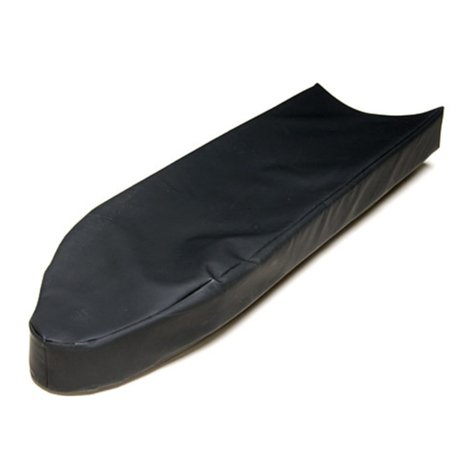
Reison
Reison 10-181 quick guide
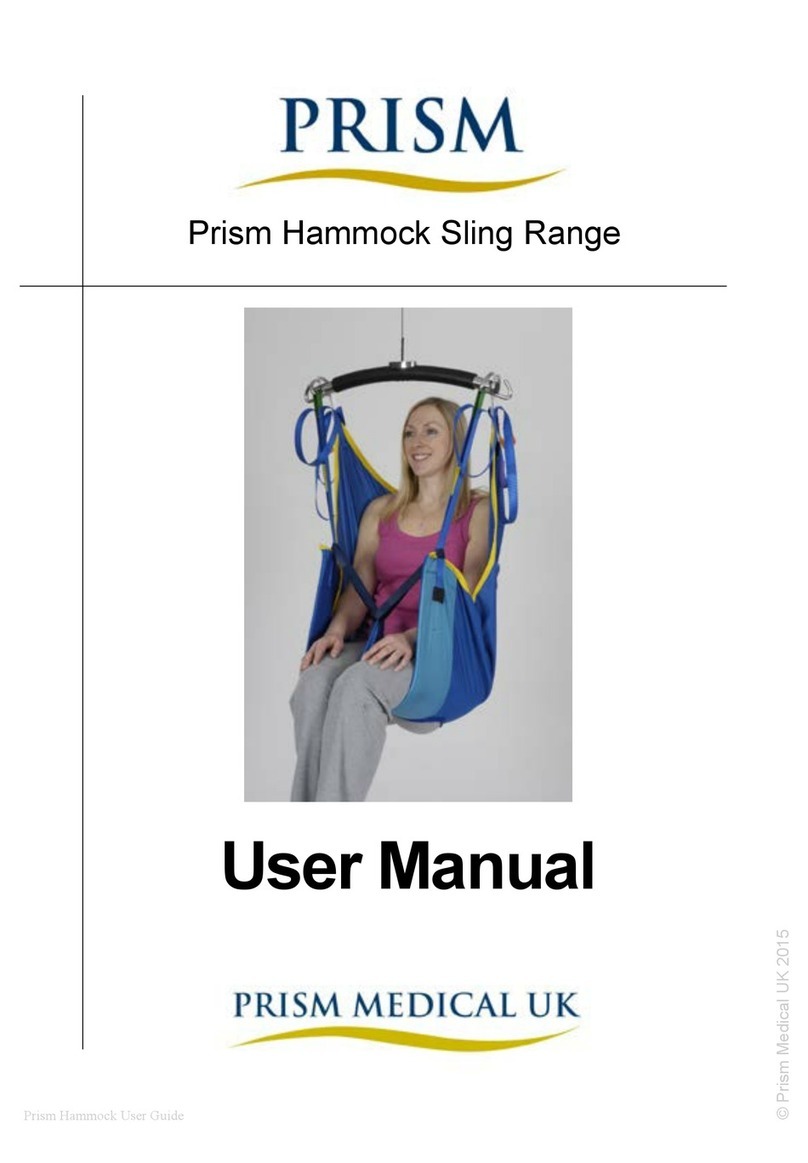
Prism Medical UK
Prism Medical UK Hammock Sling Child user manual
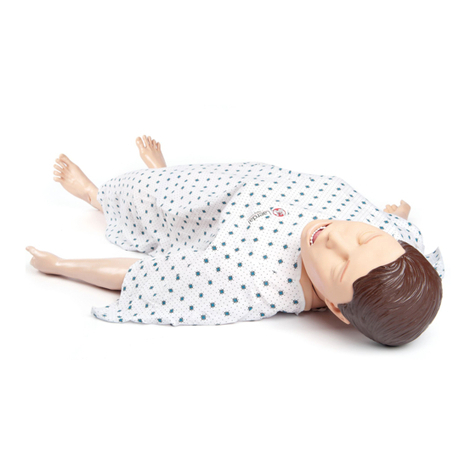
laerdal
laerdal Nursing Anne Directions for use
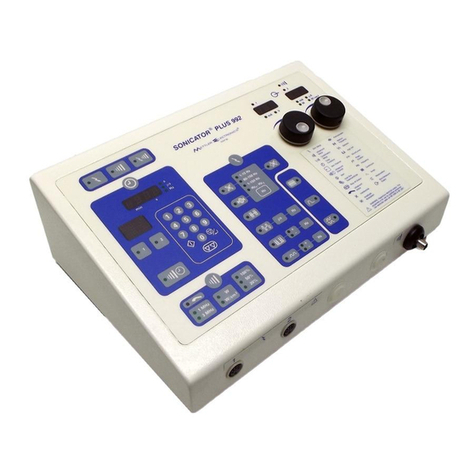
Mettler Electronics
Mettler Electronics Sonicator Plus 992 Maintenance manual
